blog
20th Anniversary Issue: Andrzej Maciejewski
As part of F-Stop Magazine’s 20th anniversary celebration we invited past featured photographers to share with us some thoughts and reflections. We asked each photographer to consider how their photographic work has changed over time, how the changes in photography over the past 20 years may have affected or influenced that change, and to share what they are up to most recently.
By Andrzej Maciejewski
http://klotzekstudio.com/
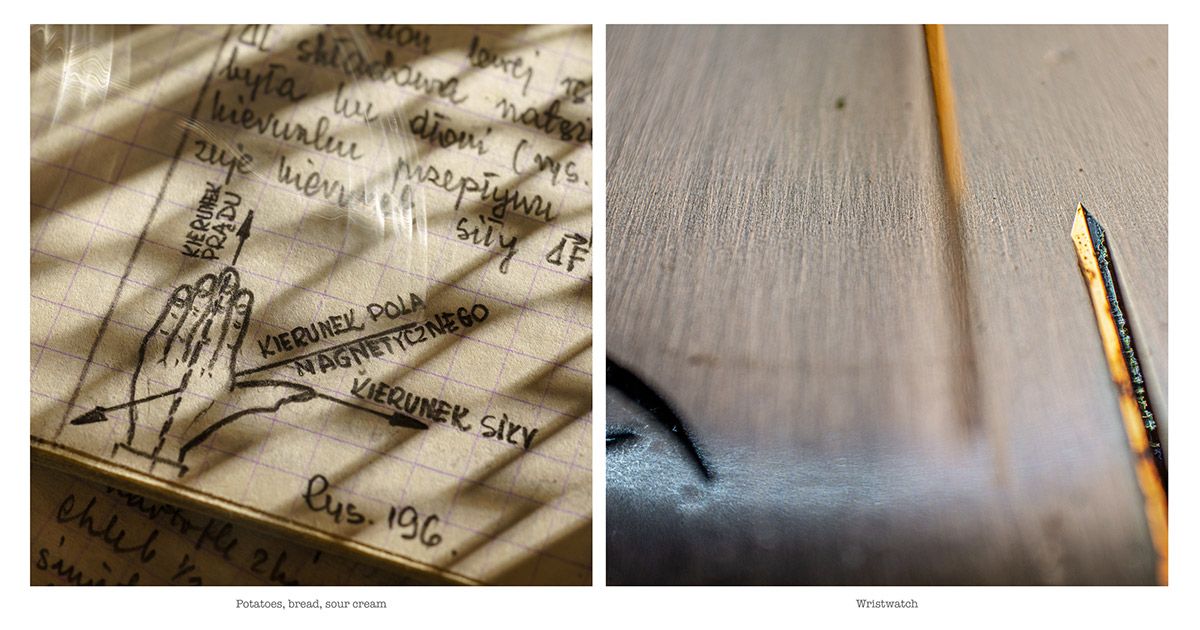
from the series Ephemeral Field
For me, the main motivation behind starting each new project has always been the potential to uncover something new. This encompasses both technical challenges and novel conceptual ideas. The entire process is intriguing and requires a significant amount of time and experimentation. I began my photography journey in the 1970s when everything was analog. I spent many years working as a commercial architectural photographer, all on film. This experience provided me with a solid foundation for my future artistic endeavours.
Over the past two decades, technological advancements have been incredibly exciting. I don’t subscribe to the idea that everyone is a photographer just because they have access to an amazing camera. A high-quality digital camera is merely a tool and not enough to take a good picture. However, it does provide more people with the opportunity to be creative with the medium. I fully embrace that.
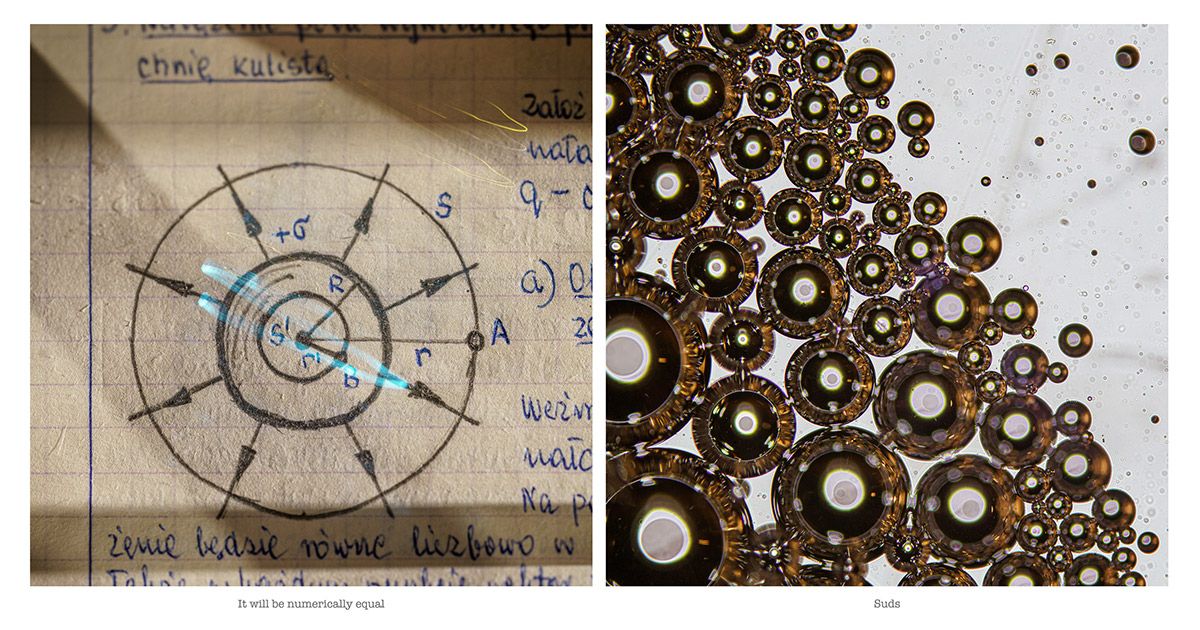
from the series Ephemeral Field
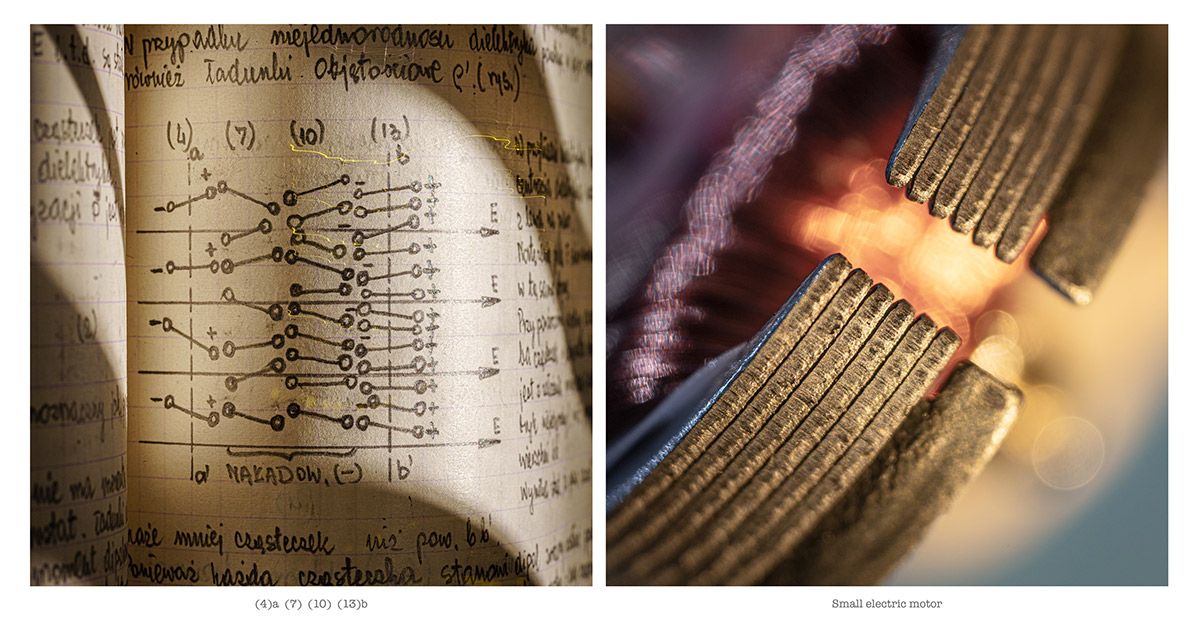
from the series
Ephemeral Field
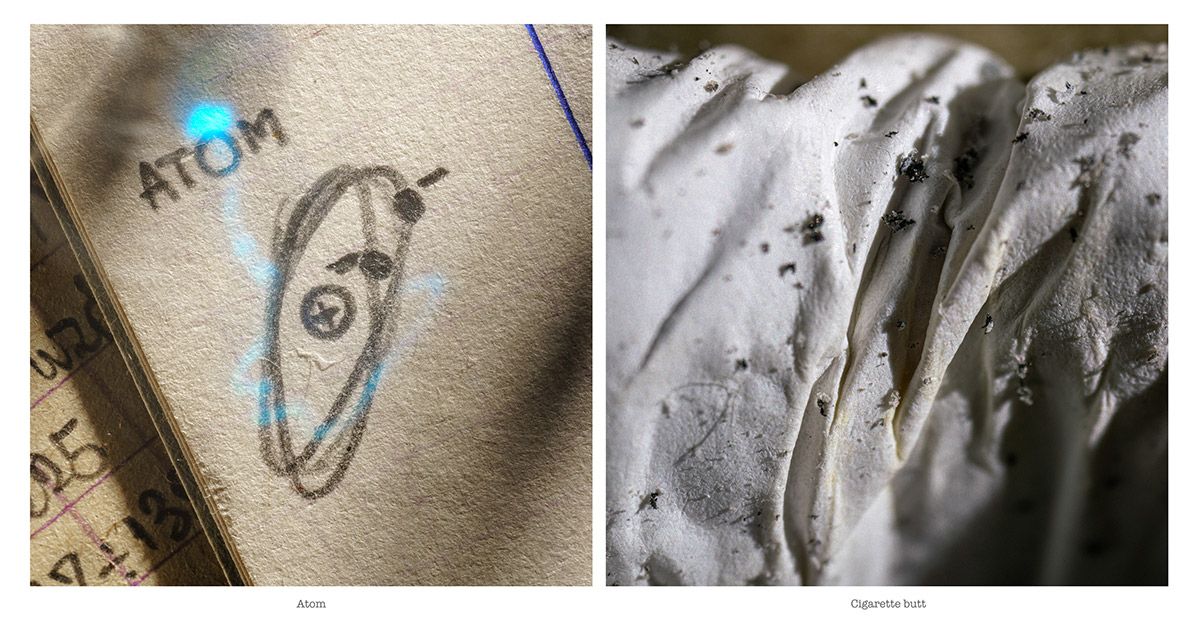
from the series Ephemeral Field
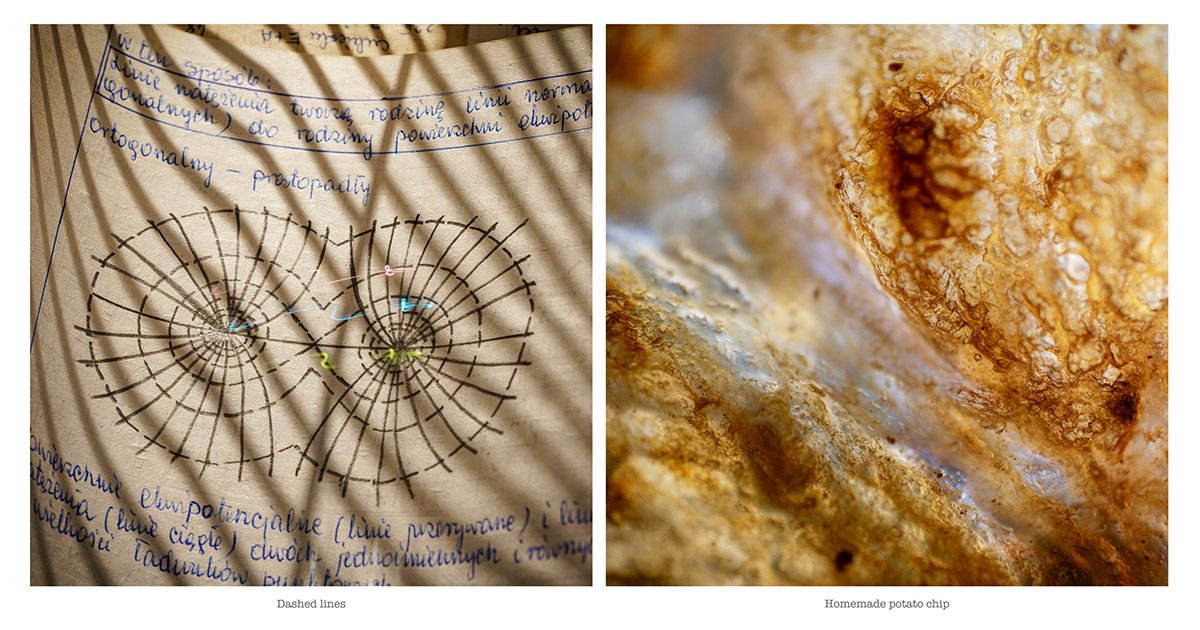
from the series Ephemeral Field
It wasn’t until recently, about three years ago, that I made the complete switch to digital photography. Prior to that, I was still working with analog cameras and film, but my negatives were scanned and post-processed digitally. This method produced excellent results, especially in terms of colour. My projects, “Call of the Wild” and “Lisbon-Moscow,” were completed using this process. However, there were still some limitations that digital photography could overcome. Working in a digital format now presents me with new opportunities. For example, my latest project “Ephemeral Fields” involved creating microimages in a studio and capturing random movement within still-life images. These photographs could not have been technically achieved using analog materials, or it would have taken an incredible amount of time and money. Even then, I wouldn’t have been able to achieve the same level of precision and attention to detail that I can with digital photography.
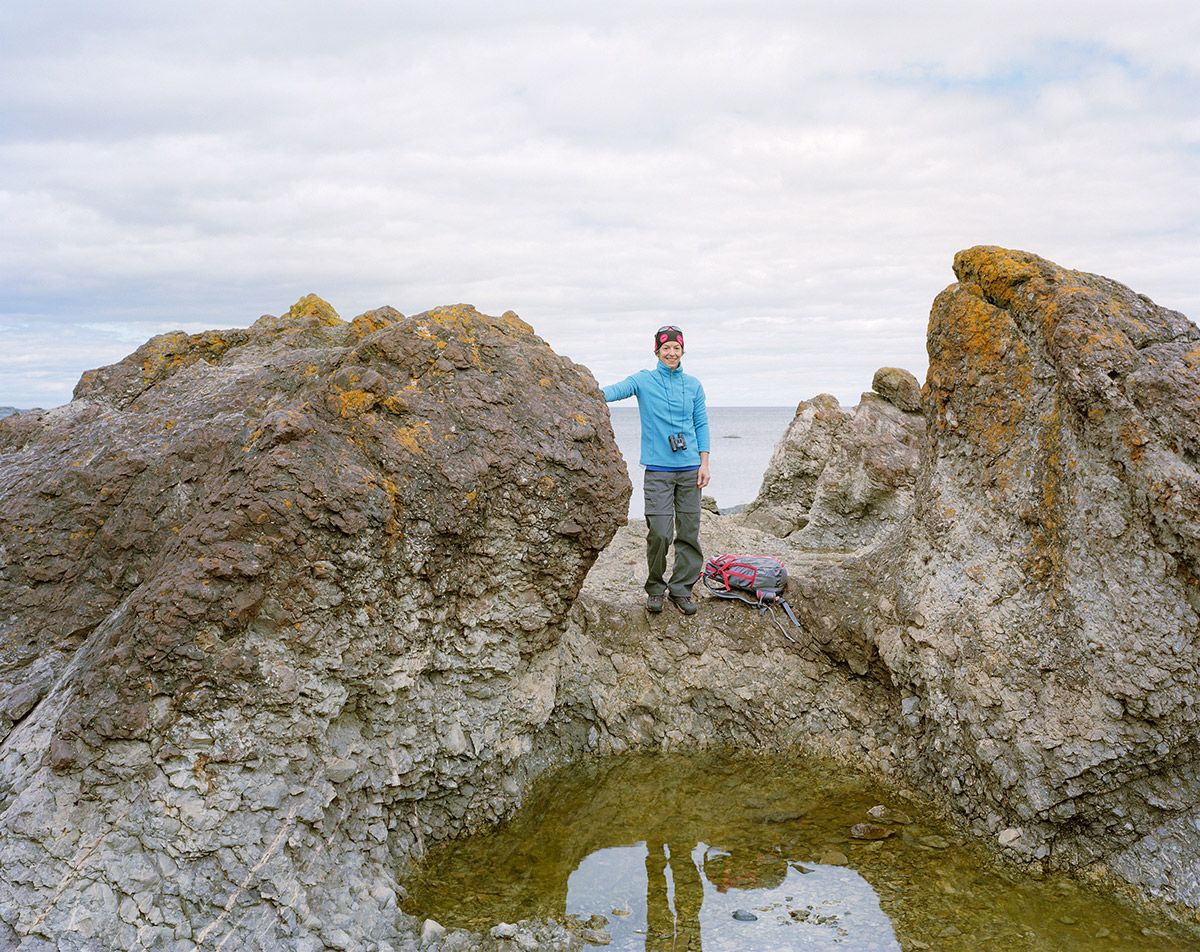
arc National du Bic, Quebec, Canada. August 3, 2016. From series “Call of the Wild”

Varty Lake, Ontario, Canada. January 21, 2017. From series “Call of the Wild”
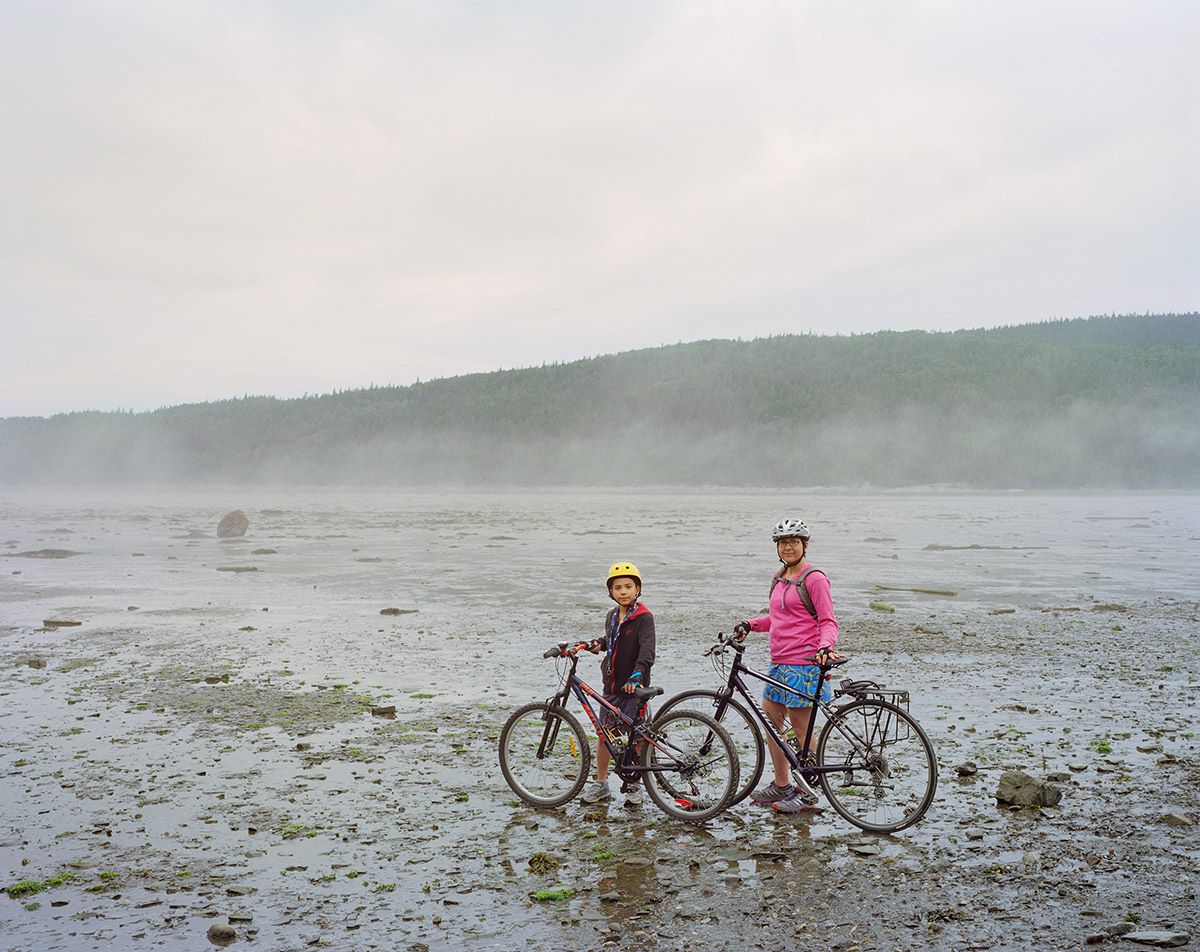
Parc National du Bic, Quebec, Canada. July 19, 2016. From series “Call of the Wild”
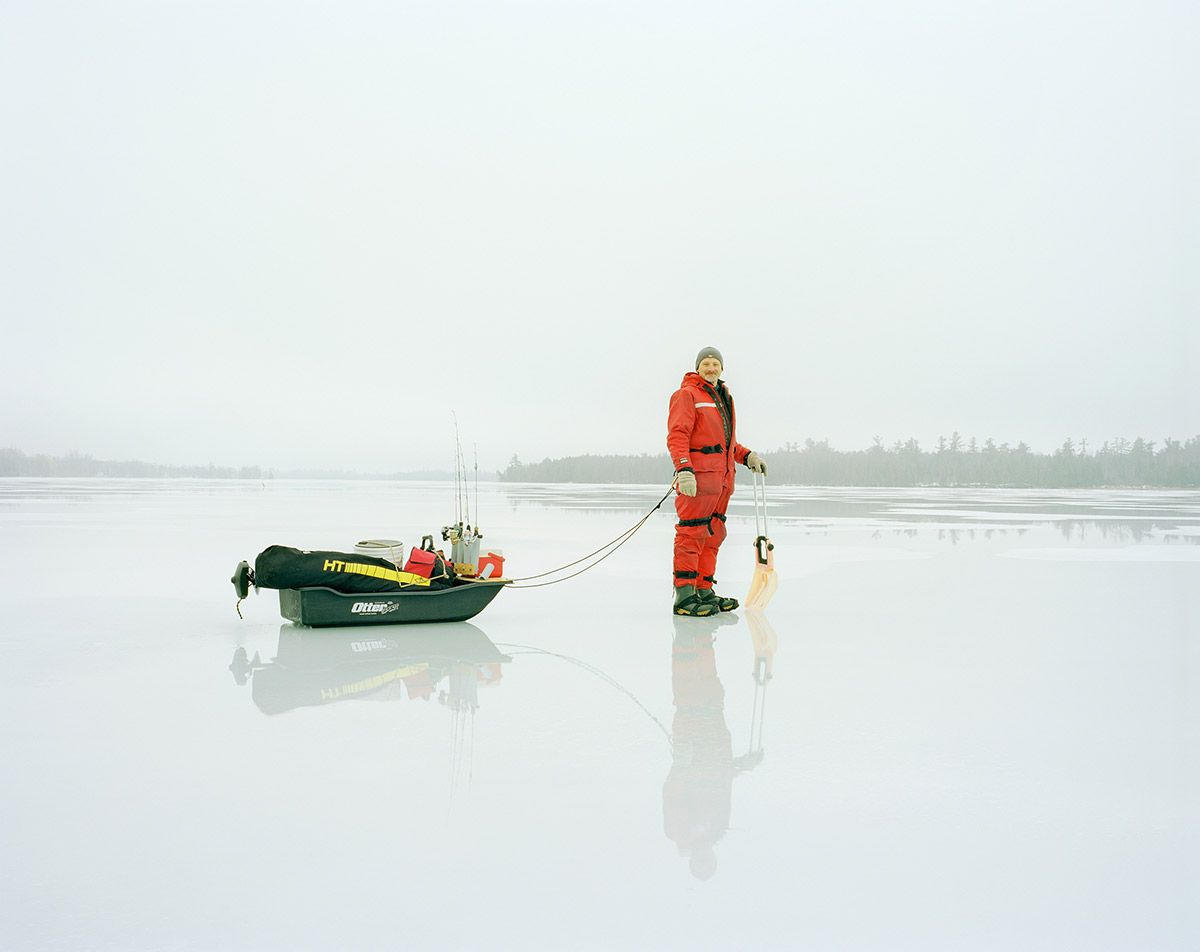
Réserve faunique de Matane, Quebec, Canada. July 22, 2016. From series “Call of the Wild”
In my opinion, studying photography using analog technology provided me with a comprehensive understanding of what photography entails. By observing every detail, I acquired an understanding of light, form, movement, and colour. Analog technology compelled me to pay attention to all these aspects. When it comes to editing digital images, I focus on adjusting colour and tonality instead of removing or replacing objects or correcting perspective.
In the past 20 years, not much has changed for me except for the fact that I can now accomplish things that were once just a dream. I still work with plain photography as my medium, essentially just sketching with light.
Events by Location
Post Categories
Tags
- Abstract
- Alternative process
- Architecture
- Artist Talk
- artistic residency
- Biennial
- Black and White
- Book Fair
- Car culture
- Charity
- Childhood
- Children
- Cities
- Collaboration
- Community
- Cyanotype
- Documentary
- Environment
- Event
- Exhibition
- Faith
- Family
- Fashion
- Festival
- Film Review
- Food
- Friendship
- FStop20th
- Gender
- Gun Culture
- Habitat
- Hom
- home
- journal
- Landscapes
- Lecture
- Love
- Masculinity
- Mental Health
- Migration
- Museums
- Music
- Nature
- Night
- nuclear
- p
- photographic residency
- Photomontage
- Plants
- Podcast
- Portraits
- Prairies
- Religion
- River
- Still Life
- Street Photography
- Tourism
- UFO
- Water
- Zine

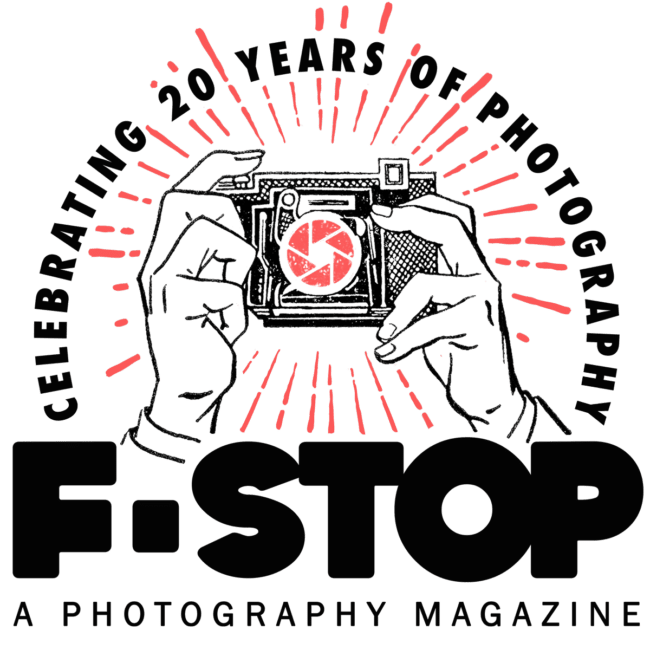
Leave a Reply